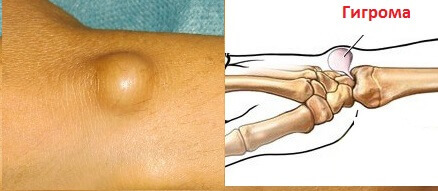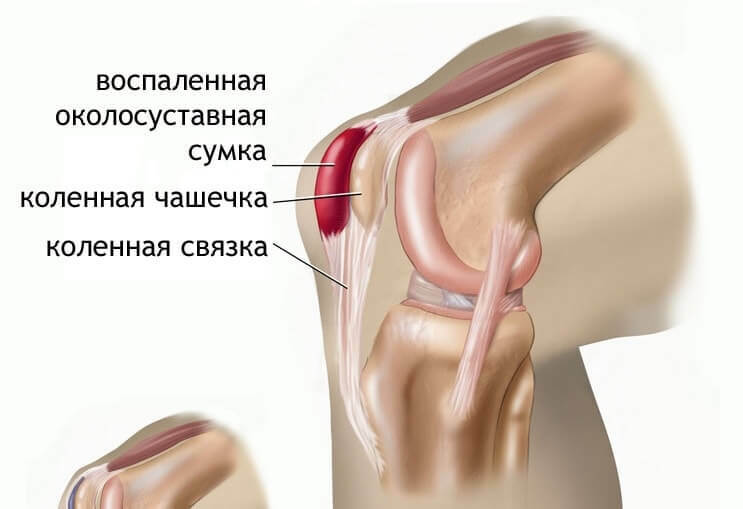How to determine the tear of the meniscus

Meniscus is a knee joint formation similar to a ligament which is sometimes called the "cartilage" of the knee joint, but the structure of the meniscus differs from the structure of the cartilage covering the bones. The meniscus is located between the femoral and tibia. The task of the meniscus is to distribute the body weight over the entire area of the tibia, to increase the stability of the knee joint.
Meniscus rupture is the most common knee injury. Sharp and strong rotation on the supporting leg, awkward movement, prolonged squatting - all this creates a significant load per unit area, which the meniscus sometimes can not withstand, because its size is small enough: the thickness of the meniscus is 3-4 mm, and the lengthIs 6-8 cm.
With an accuracy to determine the gap of the meniscus and distinguish it from microtraumas( bruises, knocks, etc.) and solve the problem of treatment only through a special examination using magnetic resonance imaging( MRI).In some cases, ultrasound( ultrasound) can be used to confirm this diagnosis. However, there are indications for determining a meniscus rupture, which obliges the injured person to immediately contact the surgeon in order to conduct the examination as soon as possible.
The most basic sign of a meniscus rupture, the SOS signal is if a severe pain immediately arises after a knee injury, as well as the inability to bend or unbend the leg, the sensation of clicking and jamming the joint. But this is not always observed, especially if the knee was injured for the first time. The joint can be temporarily immobilized due to severe swelling and pain. But this is also quite an alarming sign.
The signs of a meniscus rupture depend on the area and size of the rupture, as well as other associated knee injuries. In the meniscus there are no nerve endings, so the painful sensations are explained by the damage and swelling of the surrounding tissues.
A slight rupture of the meniscus can be determined from the pain at the moment of injury. Over the next few days, as a rule, gradually develops swelling. Some time there may be a slight pain, which increases during the swirling movements or when the trunk is raised from the sitting position. Symptoms disappear usually within 2-3 weeks, but pain can return when the leg is twisted or bent.
In the case of a moderate-strength meniscus rupture, painful sensations are felt in the central or lateral part of the knee, depending on the place of rupture. The ability to move is usually maintained. The swelling increases gradually, for 2-3 days, the knee becomes stiff, it becomes difficult to bend the leg in the knee. When swirling movements can cause severe pain. Symptoms disappear usually within 1-2 weeks, but can arise again as a result of excessive loads or twists. Without the necessary treatment, pain can periodically appear for many years.
Severe meniscus tears cause more acute pain, swelling and stiffness of the knee. The swelling can build up over 2-3 days. Fragments of a damaged meniscus can penetrate into the articular space, with the knee can produce abrupt sounds and lose mobility. Straighten your leg will be difficult. The knee will become shaky and begin to suddenly bend. If other injuries have occurred in parallel with the meniscus rupture, such as ligament ruptures, there may be increasing pain, a feeling of knee instability, swelling and difficulty walking.
Pain sensations in the central part of the knee may indicate a rupture of the inner meniscus. Pain in the lateral part of the knee may indicate a rupture of the external meniscus.



